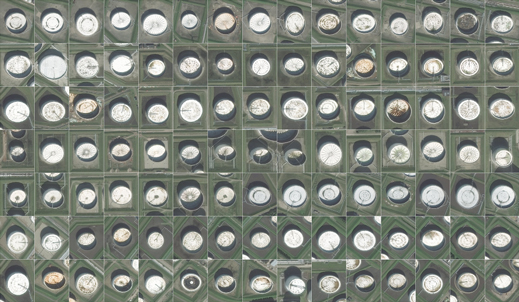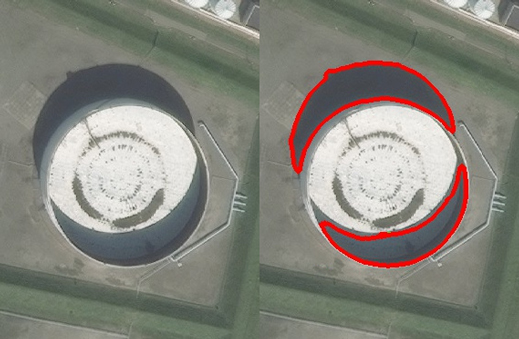Startup Promises Business Insights from Satellite Images
The next time you drive to Home Depot you may help a Wall Street firm decide whether it should invest in the company. A startup called Orbital Insight is using commercially available satellite imagery and machine learning to analyze the parking lots of 60 different retail chains to assess their performance.

Founder James Crawford expects images from above to provide all sorts of business intelligence. “We’re just starting to discover what can be done with this kind of large-scale data,” says the alum of both NASA and the Google project that digitized over 20 million books.
Interest in satellite imaging is growing, and the cost is coming down. Google snatched up the satellite-image-processing company Skybox Imaging last August, and today Google Ventures and other investors, including Sequoia and Bloomberg Beta, announced they had sunk $8.7 million into Crawford’s company.
Orbital Insight is using a promising new technique known as deep learning to find economic trends through satellite-image analysis. Deep learning uses a hierarchy of artificial “neurons” to learn to recognize patterns in data (see “Deep Learning”).
To predict retail sales based on retailers’ parking lots, humans at Orbital Insights use Google Street View images to pinpoint the exact location of the stores’ entrances. Satellite imagery is acquired from a number of commercial suppliers, some of it refreshed daily. Software then monitors the density of cars and the frequency with which they enter the lots.
Crawford’s company can also use shadows in a city to gather information on rates of construction, especially in secretive places like China. Satellite images could also predict oil yields before they’re officially reported because it’s possible to see how much crude oil is in a container from the height of its lid. Scanning the extent and effects of deforestation would be useful to both investors and environmental groups.

Over time, Orbital Insight’s software can identify trends and make predictions. “Then it’s not an image anymore—it’s some sort of measurement,” Crawford says.
That still leaves open the question of an unwanted eye in the sky. Not everyone likes the idea of being monitored as they run errands, and businesses may reject the idea of being watched from space. Crawford says satellites are already collecting this information—intelligence agencies have been using it for decades—and Orbital Insights is just making sense of the data.
“A satellite can cover every square inch of the earth every two weeks. You can’t stop that,” he says. “We don’t drive what imagery the satellite takes.”
Keep Reading
Most Popular
How scientists traced a mysterious covid case back to six toilets
When wastewater surveillance turns into a hunt for a single infected individual, the ethics get tricky.
The problem with plug-in hybrids? Their drivers.
Plug-in hybrids are often sold as a transition to EVs, but new data from Europe shows we’re still underestimating the emissions they produce.
What’s next for generative video
OpenAI's Sora has raised the bar for AI moviemaking. Here are four things to bear in mind as we wrap our heads around what's coming.
Stay connected
Get the latest updates from
MIT Technology Review
Discover special offers, top stories, upcoming events, and more.